Agent Nateur, Beauty News
Tanning without the Toxins
Now that summer is in full swing, protecting your skin from harmful UV rays should be a top priority. After a long, cold, and dark winter, the temptation to bask in the sun and get a tan is understandable. However, skipping sunscreen or using toxic versions can have detrimental effects on your health and accelerate the aging process.
While some sun exposure is essential for overall health, sunscreen is your secret weapon for maintaining healthy, radiant skin during peak sun hours. But not all sunscreens are created equal. The more I learned about sunscreens, the more I realized how challenging it was to find one with the right consistency and safe ingredients. It’s crucial to be informed about what’s in your sunscreen and its potential effects on your body. That’s why we’ve been hard at work developing a product that not only protects your skin but also nourishes it with our upcoming non-toxic sunscreen. Stay tuned!
Before you head to the beach, let’s dive into some important sun safety facts. According to the Skin Cancer Foundation, one in five Americans will develop skin cancer by the age of 70. Melanoma, a form of skin cancer, is the 19th most common cancer worldwide for both men and women, as reported by the World Cancer Research Fund. Many people think that simply applying sunscreen is the solution, but there’s more to the story.
The truth? The FDA’s recent findings, published in the Journal of the American Medical Association (JAMA), confirmed what many in the holistic health community have been discussing for years. A pilot study revealed that four popular chemical sunscreen filters—avobenzone, oxybenzone, octocrylene, and ecamsule—were absorbed into the bloodstream after just one day of use. Understanding these chemicals can help you see why you might want to avoid them and instead reach for a non-toxic sunscreen.
Let’s take a closer look at the concerns surrounding these four chemicals:
- Oxybenzone: Among the most concerning ingredients in sunscreens, oxybenzone is easily absorbed through the skin. The Centers for Disease Control and Prevention (CDC) found it in nearly all Americans, especially those who frequently use sunscreen. Oxybenzone is known for its ability to absorb both UVA and UVB rays, but it has also been linked to hormone disruption. Studies have shown potential connections between oxybenzone and lower testosterone levels in adolescent boys, hormone changes in men, and pregnancy complications. Additionally, research has detected oxybenzone in a significant percentage of breast milk samples, raising concerns about exposure to newborns. Oxybenzone is also a common cause of contact allergies.
- Octocrylene: This chemical is readily absorbed into the skin and may have adverse effects on aquatic life. It is often contaminated with benzophenone, a potential carcinogen. While the European Commission considers concentrations of up to 10% safe, octocrylene is absorbed at levels much higher than the FDA’s recommended limit.
- Avobenzone: Widely used for UVA protection, avobenzone can cause allergic reactions and has been shown to have endocrine-disrupting properties. It has the potential to interfere with testosterone, and studies have detected avobenzone in samples at levels nine times higher than the FDA’s cutoff for systemic exposure.
These are not the only chemicals to be cautious about. Other ingredients also warrant attention, including:
- Octisalate: This UV filter is absorbed through the skin at levels exceeding the FDA’s safety threshold and has been linked to allergic contact dermatitis.
- Octinoxate: An organic UV filter that is absorbed by the skin even after sunscreen application. Studies have detected octinoxate in blood samples at levels far above the FDA’s proposed safety threshold. Research indicates that octinoxate can disrupt thyroid hormone function and has been shown to affect other endocrine targets, such as androgen and progesterone signaling.
- Homosalate: Commonly used in U.S. sunscreens, homosalate has raised concerns due to its ability to penetrate the skin, disrupt hormones, and produce toxic breakdown by-products over time. The European Commission recommends a maximum concentration of 1.4%, while the FDA allows up to 15%.
Is this a global problem? Not entirely. The European Union has made progress by replacing oxybenzone with newer, more protective substances that block harmful UVB and UVA rays. However, these alternatives are still undergoing safety tests required for FDA approval, meaning oxybenzone continues to be used in many chemically-based sunscreens sold in the United States.
The environmental impact of these chemicals is also significant. Sunscreens containing oxybenzone and octinoxate have been banned in places like Hawaii, the Pacific nation of Palau, and Key West due to their harmful effects on coral reefs and marine ecosystems.
Choosing sunscreens that are safe for both you and the environment is crucial. So, what’s the solution? First, knowledge is power. Second, it’s about making better product choices, including opting for our upcoming non-toxic sunscreen as soon as it’s available.
For now, The Environmental Working Group (EWG) recommends using mineral sunscreens with titanium dioxide and zinc oxide. These ingredients provide effective protection without the risks associated with certain chemical filters. At Agent Nateur, we are deeply committed to protecting your skin and overall well-being. That’s why we’re thrilled to announce our soon-to-be-launched non-toxic mineral-based sunscreen. Say goodbye to harmful ingredients and hello to safe, effective sun protection—Agent Nateur style. Expect glowing, nourished, and protected skin.
Let’s start a sunscreen revolution together.
** THESE STATEMENTS HAVE NOT BEEN APPROVED OR REGULATED BY THE FDA. WE ARE NOT DOCTORS; THEREFORE, ALWAYS CONSULT WITH YOUR DOCTOR FIRST. **



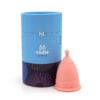








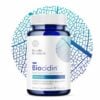











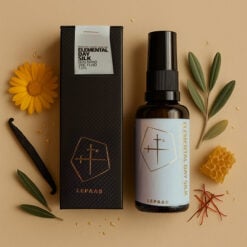




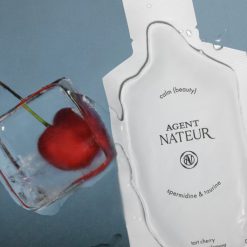
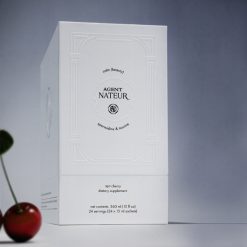
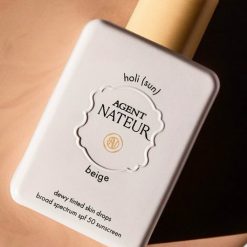
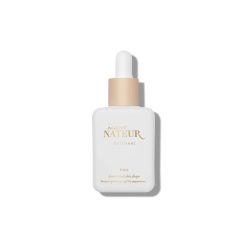
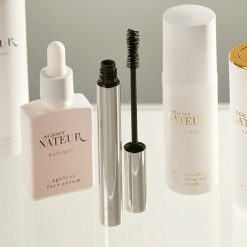
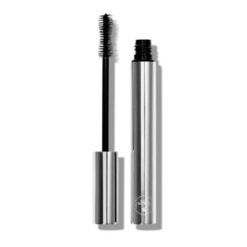






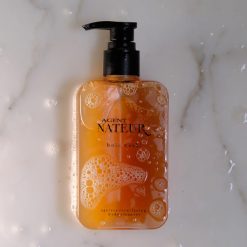
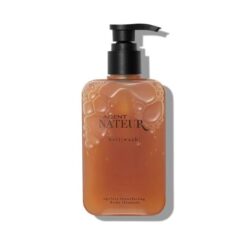
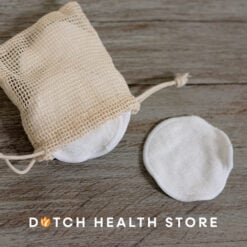

 Beauty Products
Beauty Products By Skintype
By Skintype Brands A-Z
Brands A-Z Wellness
Wellness Health / Nutrition
Health / Nutrition